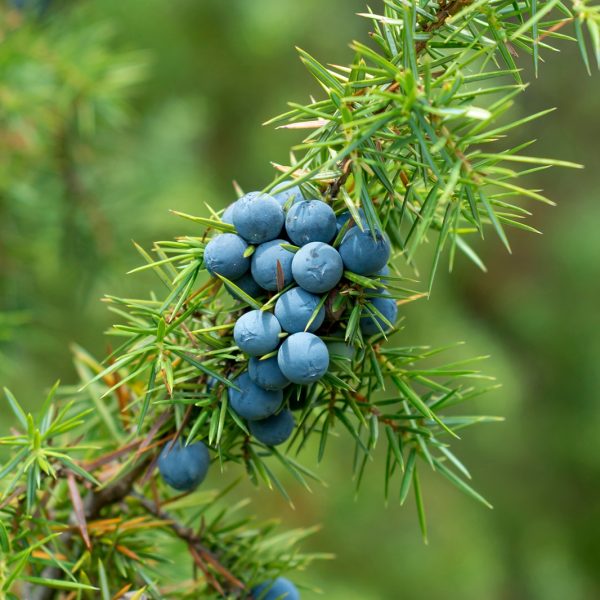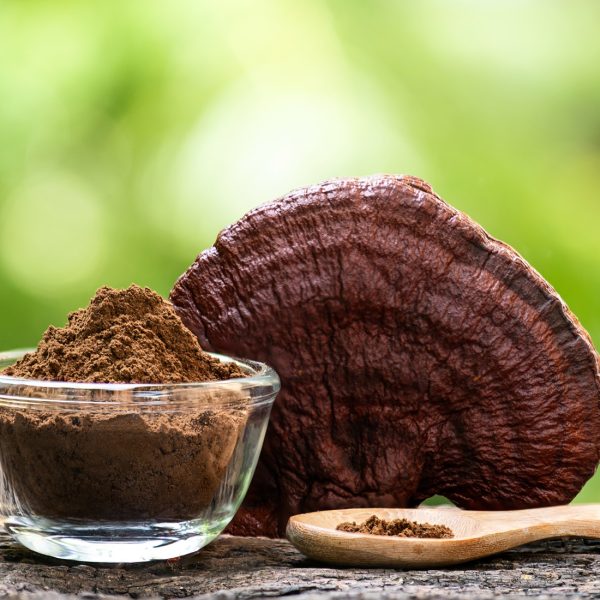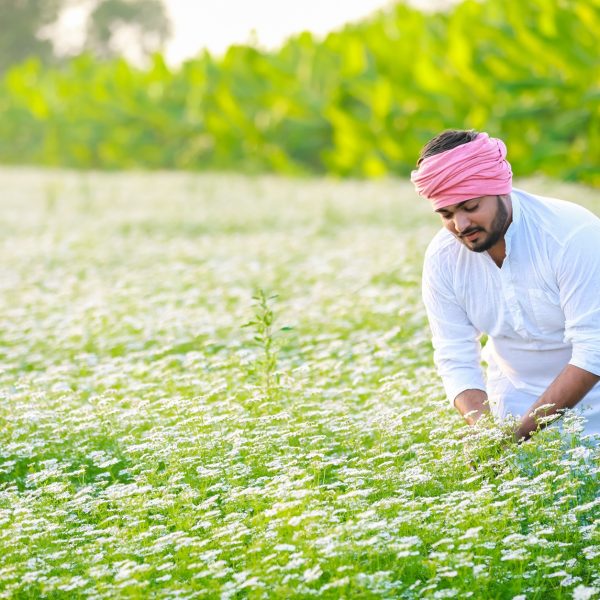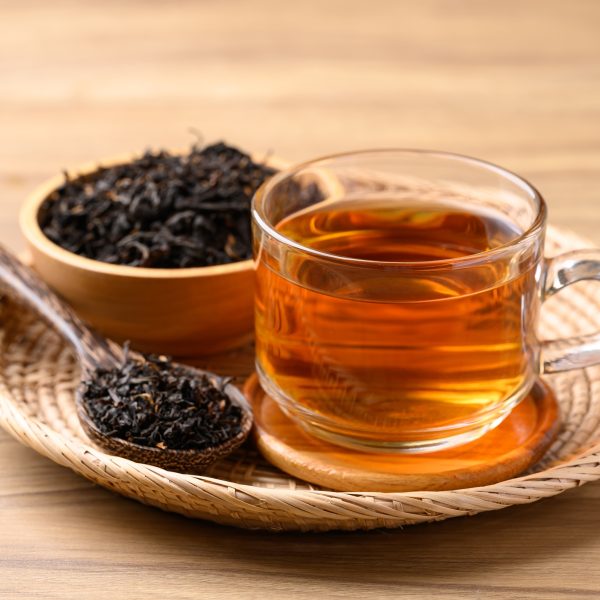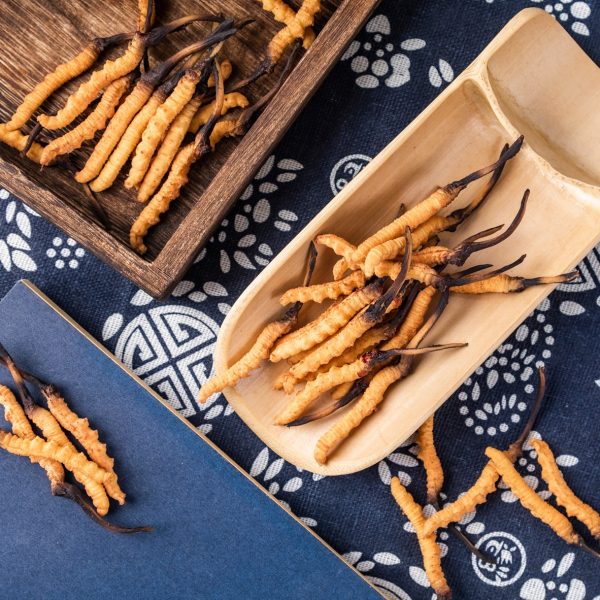Herbal medicines are a safe and effective way to treat an array of children’s ailments. This article explains which herbs are useful, and offers holistic healthcare insights.
Introduction

I hear from many herbalists that treating babies and children can feel a bit daunting. They often have concerns about giving herbs to children and babies and particularly about methods of administration and dosage. Certainly, it can be one thing to treat other people’s children but quite another when treating your own and most likely finding it hard to remain calm and objective. I wrote my first book on treating children in the 1980s when mine were small so that when woken in the middle of the night by a crying child with a high fever and unable to think clearly, I had a manual so that I would know what to do!
In practice it is hard to evaluate the efficacy of herbal treatment of children alone. As we are well aware, herbal medicine does not simply mean the prescribing of medicinal herbs. It encompasses the consultation and the therapeutic relationship between patient and practitioner and the knowledge and expertise of the practitioner within a framework of a theoretical perspective or discipline…whether Western, Chinese, Ayurvedic, Tibetan, Unani etc.
As a synthesis of ancient and modern theories and practices, the underlying philosophy of modern herbal medicine is that health is intimately connected to the harmony of body, mind and spirit which enables a balance of natural forces in the body. In a clinical context, as herbalists we interpret symptoms of ill health as a disturbance of this balance and consider them within the framework of the patient as a whole – their lives inner and outer. The now familiar WHO definition of health: “The condition of perfect bodily, spiritual and social well-being and not solely the absence of disease and injury” is a lofty aim but certainly one that we as herbalists aspire to.
Through forty years in practice, in which many of my patients have been children, and having three of my own, I have evolved strategies for their treatment which actually don’t differ much from my strategies for treating adults. In both cases I may need to find tempting ways to ensure compliance! Most of the cases I encounter in practice are chronic, interspersed with some acutes. I will often try to pre-empt acute problems and provide prescriptions and instructions to parents for when they crop up. I have found that the younger children are when first taking herbs the better they are in terms of compliance, especially when this is necessary in treating acute problems.
For each ailment or imbalance a child develops there is a long list of herbs to choose from, some help and others don’t. To understand why, it is useful to look at the basic constitution of the child, set against the environment the child lives in, their diet and lifestyle. The way I have come to understand more about this is through the study and practice of Ayurveda and its constitutional approach to diagnosis and treatment.

From any perspective, the key to a child’s health lies in understanding their natural health tendencies and how to keep them in balance through diet and lifestyle. Everyone reading this will be aware of most of the factors necessary for health and resilience: plenty of nutritious, preferably organic foods, a balance of work and play, exercise and relaxation, sufficient sleep, a minimum of pollution, and a loving and harmonious home life.
From an Ayurvedic and now modern scientific perspective, good digestion and a healthy microbiome are also central to health, so that the food we eat will be digested and absorbed well and the wastes eliminated efficiently. Our gut is home to a large, diverse and dynamic population of micro-organisms that serve numerous purposes. These include the breakdown and absorption of nutrients necessary for growth and development, immune system function, hormone development and cognitive function.
The symbiotic relationship between our gut and its microbiota is fundamental to our immune system whether a child or adult. The immune system and microbiota exchange chemical signals allowing the immune system to recognise the types of bacteria that are harmful and combat them, while allowing the helpful bacteria to carry out their functions; in turn, the microbiota influence immune reactivity and targeting.
The development of the microbiome in babies and children

Until recently, the uterus and the placenta were thought to be germ-free and sterile to keep the baby safe from infection. But at just one week old, babies have a complex collection of microbes in their guts. It was thought that a baby received its first dose of bacteria as it passed through the vagina or from the mother’s skin if the child was born via C-section. We now know that there are microbial inhabitants in the placenta (which nourishes the growing foetus through the umbilical cord) and these closely resemble those that live in the mouth (1). Also, that a disturbance of these bacteria may well be responsible for pre-eclampsia during pregnancy. A broad range of bacteria are present, including those necessary for metabolising some of the vitamins and nutrients needed by the foetus. The acquisition of the microbiota continues over the first few years of life, and in fact an infant’s GI tract microbiome begins to resemble that of an adult as early as 1 year old.
Although it was previously thought that the infant gut microbiota would resemble that of an adult by the age of 3, recent studies indicate that the microbiota continues to evolve in both pre-adolescents and 20-year-olds (2). The adult microbiome consists of over a trillion bacterial cells and up to an estimated 1,000 different bacterial species, communities of symbiotic, commensal and pathogenic bacteria along with fungi and viruses. The predominant organisms found in healthy human large intestine are Gram-negative Bacteroidetes and Gram-positive low-GC Firmicutes, but this varies greatly between individuals. Once established, the composition of the gut microbiota is relatively stable throughout adulthood but can be altered as a result of bacterial infections, antibiotic treatment, lifestyle, surgical, and a long-term change in diet (3).
Common complaints in babies and children include digestive disorders, infections, respiratory problems, skin conditions, nervous or cognitive disorders, allergies and auto-immune disorders. All these may well have something in common:
- Gut dysbiosis – an altered microbial state in the gut, either lack of bacterial biodiversity or overgrowth of pathogenic microorganisms (SIBO)
- Leaky gut syndrome
These can affect digestion and absorption of nutrients, disturb immune function and trigger inflammation.
Leaky gut syndrome
A healthy GI tract serves as a barrier preventing undigested food particles, microbes, toxins and other unwanted substances from entering the body through the bloodstream. When the intestinal epithelium becomes damaged, substances can ‘leak’ into the body where they are attacked by the immune system, which leads to inflammation.
Causes of disruption of the microbiota
Antibiotics
Even a single dose of antibiotics can create permanent changes in our gut flora, and sometimes the healthy bacteria never fully recover from strong rounds of antibiotics.

The state of mother’s gut flora during pregnancy and birth
Some bacterial species are more common and others less common in women who give birth prematurely – before 37 weeks of pregnancy – than the typical bacterial profile of the women who go full term. It has been found that gum disease raises the risk of premature birth. Oral bacteria from diseased and bleeding gums can allow harmful bacteria to reach and colonise the placenta, potentially triggering premature birth (4).
The microbiota that an infant begins to acquire depends strongly on mode of delivery. Twenty minutes after birth, the microbiota of vaginally delivered infants resembles the microbiota of their mother’s vagina, while infants delivered via Caesarean section harbour more microbial communities typically found on human skin.
Nutrition during the first few years of a child’s life
- Diets high in sugar, refined carbohydrates and processed foods and low in fermentable fibre (prebiotics) can contribute to small intestinal bacterial overgrowth (SIBO). Avoiding foods that feed pathogenic bacteria, and consuming fibre-rich foods that feed commensal bacteria can help restore the balance.
- Eating a diet too high in protein, especially if that animal protein has been treated with antibiotics, can disrupt the microbiota.
The Importance of Breast-feeding
Every mother produces complex sugars (oligosaccharides). More than 200 human milk oligosaccharides (H.M.O.s) have been identified. They are the third-most plentiful ingredient in human milk, after lactose and fats, and their structure ought to make them a rich source of energy for growing babies—but babies cannot digest them. H.M.O.s pass through the stomach and the small intestine unharmed, landing in the large intestine, where most of our bacteria live. If babies cannot digest them, they must be food for the microbes!
Bifidobacteria are more common in the stools of breast-fed infants than bottle-fed ones. Human milk contains several oligosaccharides that cow milk does not.
Poor digestion
If our digestive energy is low, enzymes are not secreted as they should be, and food can remain partially digested in the gut, ferment and promote dysbiosis and leaky gut syndrome which can lower resistance to disease.
Mento-emotional state
Stress can severely compromise the quality of our digestive function. We now know that there is a direct connection between the central nervous system and the enteric nervous system in the gut that has been coined the “gut-brain axis”. When we are stressed, mentally, emotionally or physically, the sympathetic nervous system overrides the functions of the parasympathetic nervous system. Digestion gets deprioritised because it is less vital to our immediate survival. These factors work together to affect the gut flora, impair nutrient absorption and predispose to leaky gut syndrome.
It is thought that changes in dietary patterns over the last few decades combined with overuse of antibiotics could result in each generation beginning life with a smaller population of ancient microbes than the last as well as being a primary contributor to the epidemic of obesity, diabetes, IBS and allergies that we see today.
Herbal treatment

This firstly involves taking a detailed case history of the child and examining the body, paying attention to their build, skin and hair type, body temperature, digestion and bowel function, as well as temperament. Tongue and pulse diagnosis are valuable diagnostic tools.
Re-establishing homeostasis in the gut can bring profound healing to the entire body, relieving digestive symptoms as well as disorders of the immune system, nervous system and skin. Herbal medicines provide us with the solution to many problems in babies and children associated with disruption of the microbiome. We have…
Herbal antimicrobials to prevent the use of allopathic antibiotics:
- Echinacea (Echinacea purpurea/angustifolia)
- Turmeric (Curcuma longa)
- Elder (Sambucus nigra)
- Pau d’arco (Tabebuia impetiginosa)
- Sage (Salvia officinalis)
- Thyme (Thymus vulgaris)
- Burdock (Arctium lappa)
- Cat’s claw (Uncaria tomentosa)
- Andrographis (Andrographis paniculata)
- Basil (Ocimum spp)
- Oregano (Origanum vulgaris)
- Garlic (Allium sativum)

Digestives and carminatives to enhance appetite, digestion, absorption and prevent fermentation in the gut.
Spices such as ginger, cinnamon, cardamom, coriander, clove and black pepper are some of the best remedies for the digestion and for increasing immunity. These can be added to cooking and made into tasty hot teas for all the family.
Take ginger for example. Its pungency warms and strengthens digestion, stimulates the flow of digestive juices and invigorates the whole body. It is highly antiseptic, activates immunity, dispels bacterial and viral infections. A hot cup of ginger tea is an excellent remedy for the first signs of colds, coughs or flu and will help to clear catarrh. 2-3 cups can be sipped through the day.
Antimicrobial digestives to inhibit and combat small intestinal bacterial overgrowth (SIBO):
- Rosemary (Rosmarinus officinalis)
- Thyme (Thymus vulgaris)
- Cinnamon (Cinnamomum spp)
- Cardamom (Elletaria cardamomum)
- Long pepper (Piper longum)
- Garlic, onion (Allium spp)
- Ginger (Zingiberis off)
- Elecampane (Inula helenium)
- Turmeric (Curcuma longa)
- Cumin (Cumin cuminum)
- Chamomile (Chamomilla recutita)
Astringent herbs to restore the gut wall in leaky gut syndrome:
- Marigold (Calendula off)
- Plantain (Plantago spp)
- Rose (Rosa spp)
- Yarrow (Achillea millefolium)
- Raspberry and blackberry leaves (Rubus spp)
- Tormentil (Potentilla spp)
- Oak bark (Quercus robur)
- Agrimony (Agrimonia eupatoria)
- Meadowsweet (Filipendula ulmaria)
- Elderflower (Sambucus nigra)
- Pomegranate (Punica granatum)
Nervines and relaxants to balance the nervous system:
- Chamomile (Chamomilla recutita)
- California poppy (Eschscholzia californica)
- Lemon balm (Melissa officinallis)
- Ashwagandha (Withania somnifera)
- Rose (Rosa spp)
- Bacopa (Bacopa monieri)
- Lavender (Lavendula spp)
- Lime flower (Tilia europea)
- Wild oat (Avena sativa)
Administering herbs to children
The ways of prescribing herbal medicines vary considerably according to the condition being treated, the herbs employed, the age and build of the child, their constitution, even the time of year. The easiest way is in food.

Babies
- Umbilical powdered herbs
- Teas in bottles/off the spoon
- Teas/dilute tinctures/glycerites/hydrosols in syringes
- Baths/sponging
- Oils/massage including foot massage
- Burners in rooms/on radiators/lights
Children
- Hot/cold infusions and decoctions
- Syrups
- Powders rolled in honey, fruit concentrate, ghee, smoothies, warm water/milk
- Tinctures and glycerites
- Herbal baths – dilute essential oils, infusions, fresh herbs in muslin
- Tablets/capsules for older children
- Hand & foot baths
- Inhalations
- Massage – dilute oils/liniments, chest rubs etc
- Ointments, lotions and creams
- Compresses
- Hydrosols
- Suppositories
Chronic conditions generally require mild herbal remedies which can safely be given, generally 3 times daily, over months at a time if necessary.
Acute conditions may require stronger herbs given up to every 2 hours.
For example, dandelion root has mild laxative properties which can be given to regulate digestion and elimination over a period, while senna root or castor oil have stronger laxative action for acute constipation or to clear heat quickly during a fever.
Some conditions, particularly fevers, colds, catarrh and problems associated with cold, require herbs to be given in hot preparations. Others such as urinary problems are better suited to cool preparations.
Skin problems may improve more rapidly with herbal teas as opposed to tinctures, while tinctures may be preferable when more concentrated medicines are required such as the treatment of a virulent infection.
References
- Olaniyi KS, Moodley J, Mahabeer Y and Mackraj I (2020) Placental Microbial Colonization and Its Association With Pre-eclampsia. Front. Cell. Infect. Microbiol. 10:413. doi: 10.3389/fcimb.2020.00413
- Hollister EB, Riehle K, Luna RA, et al. Structure and function of the healthy pre-adolescent pediatric gut microbiome. Microbiome. 2015; 3:36. doi: 10.1186/s40168-015-0101-x.
- Juan Miguel RodrÍguez, Kiera Murphy, Catherine Stanton, R. Paul Ross, Olivia I. Kober, Nathalie Juge, Ekaterina Avershina, Knut Rudi, Arjan Narbad, Maria C. Jenmalm, Julian R. Marchesi & Maria Carmen Collado (2015) The composition of the gut microbiota throughout life, with an emphasis on early life, Microbial Ecology in Health and Disease, 26:1, DOI: 10.3402/mehd.v26.26050
- Saini R, Saini S, Saini SR. Periodontitis: A risk for delivery of premature labor and low-birth-weight infants. J Nat Sci Biol Med. 2010 Jul;1(1):40-2. doi: 10.4103/0976-9668.71672. PMID: 22096335; PMCID: PMC3217279.


